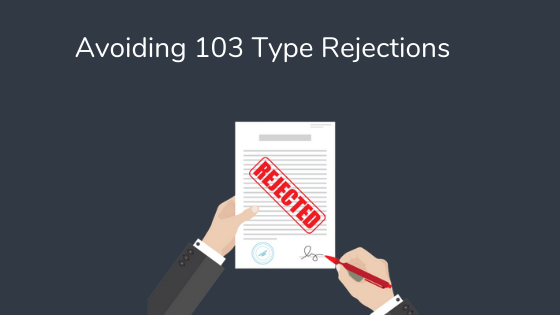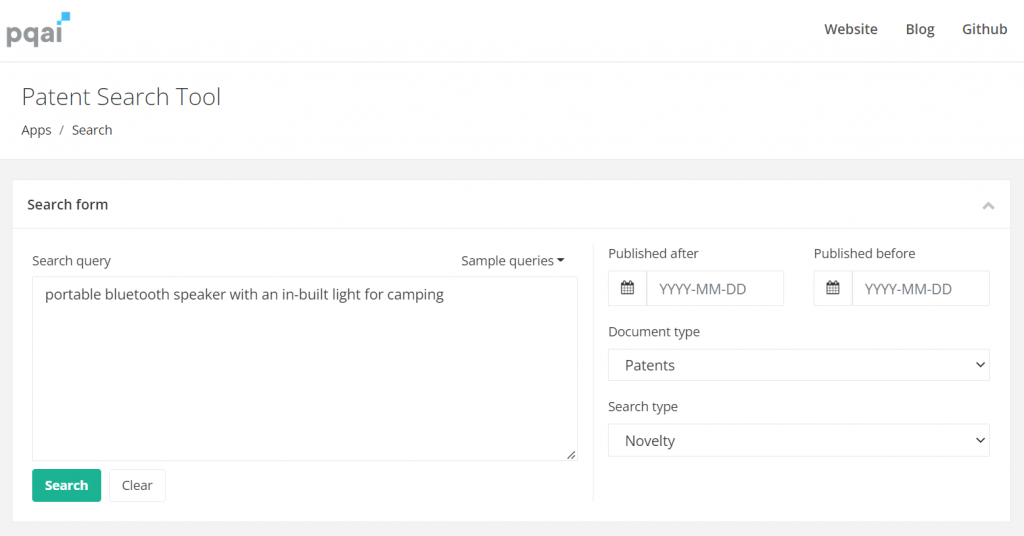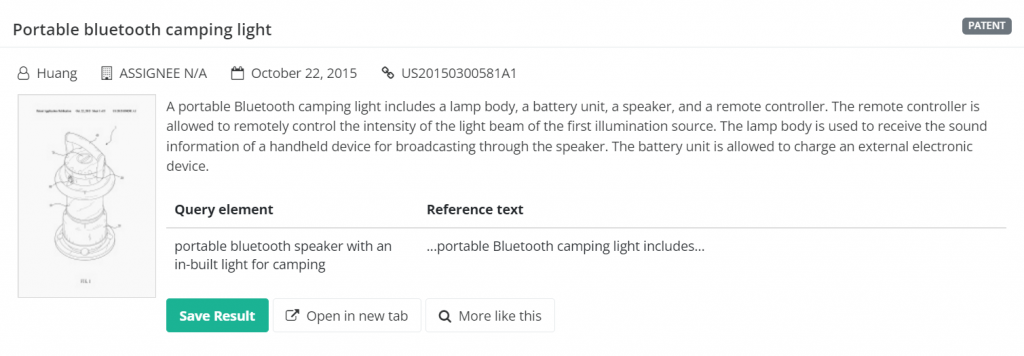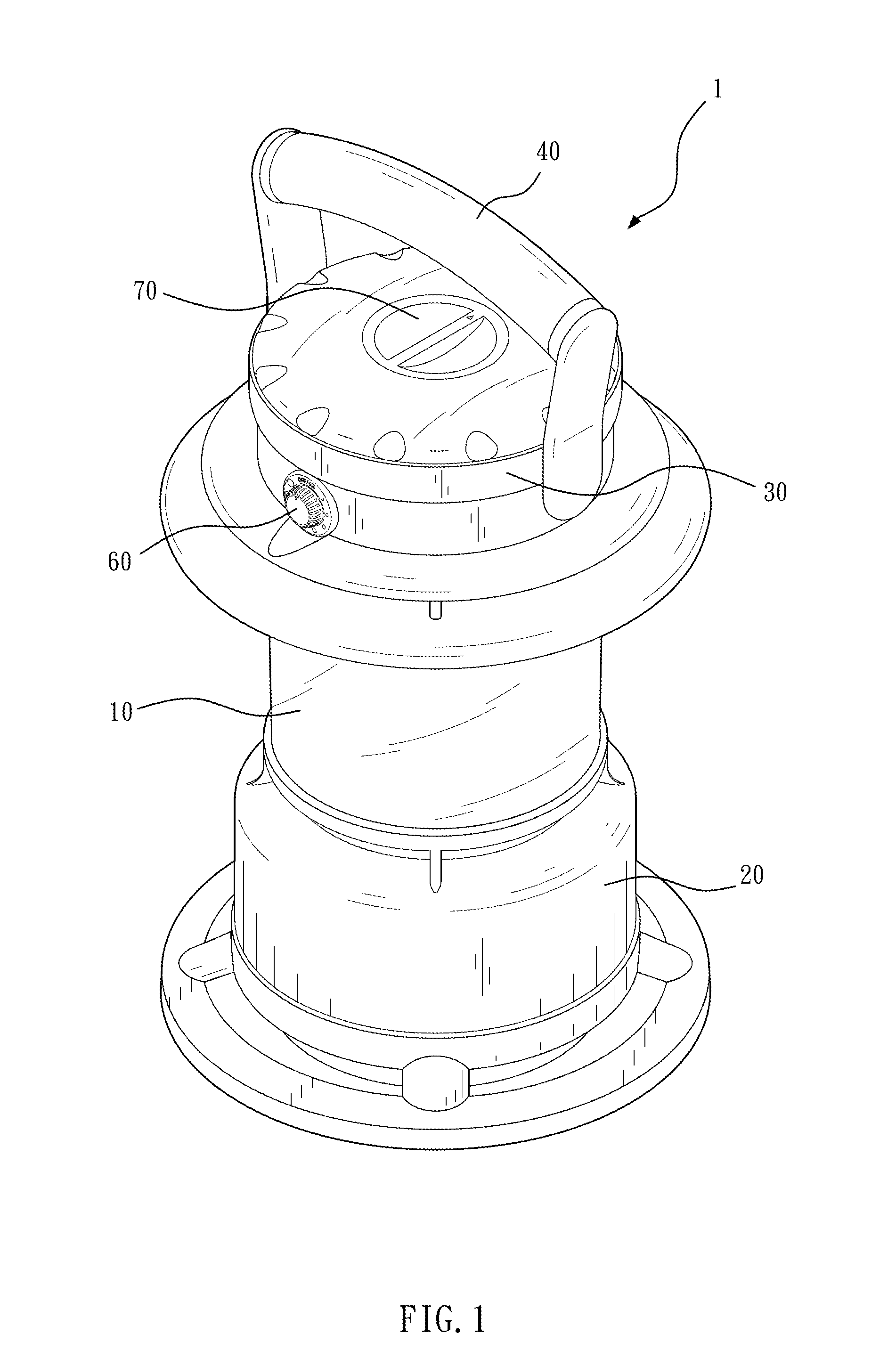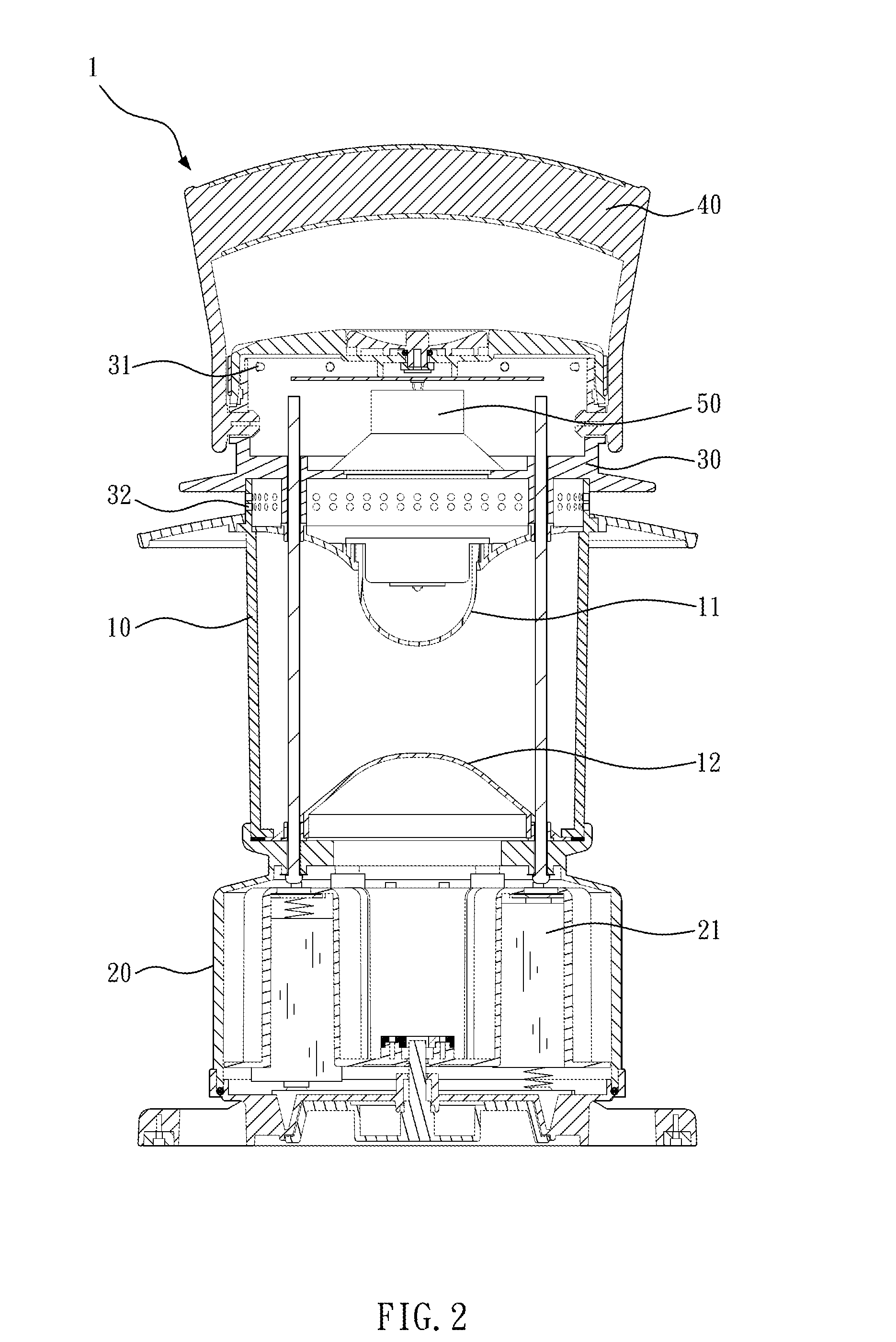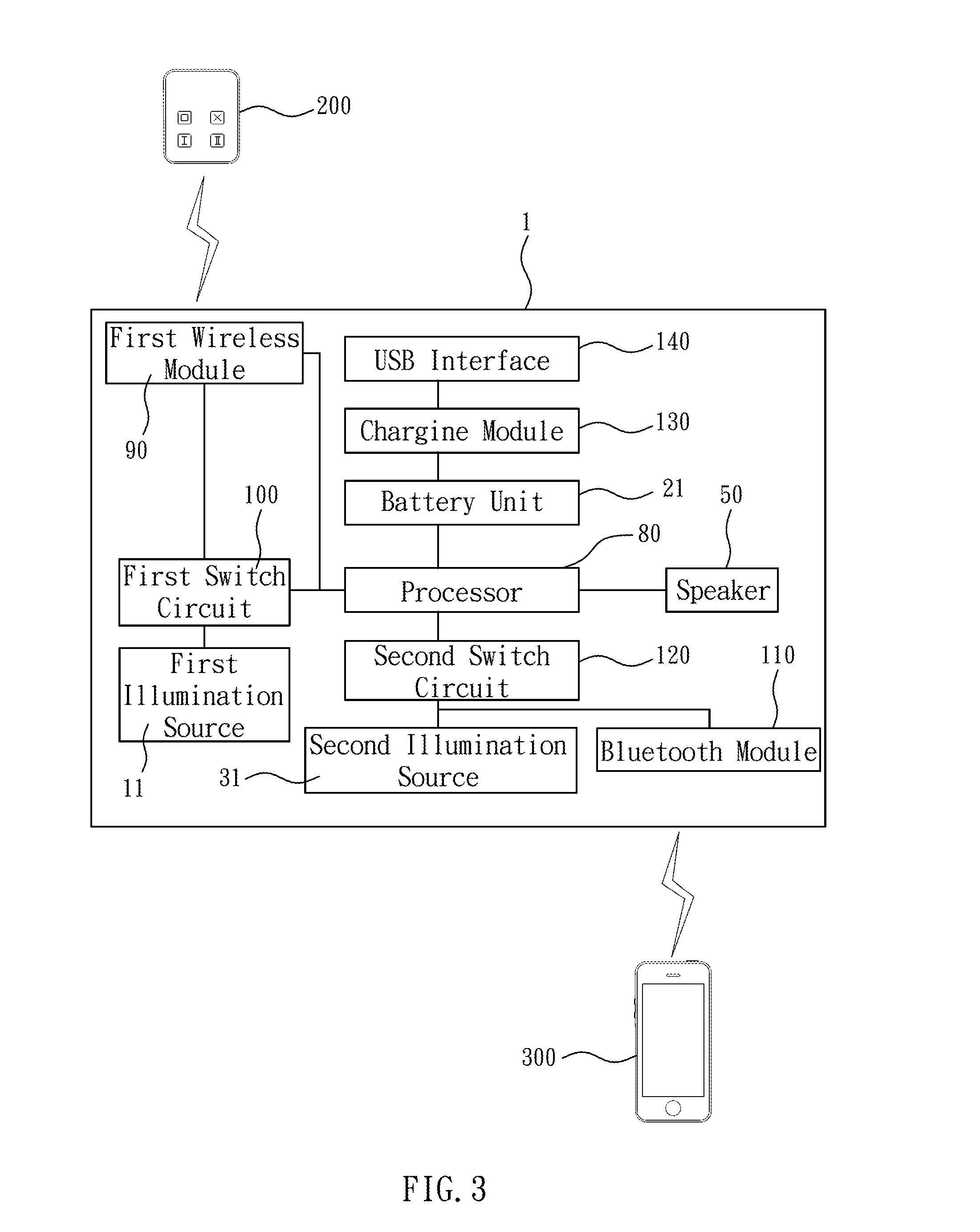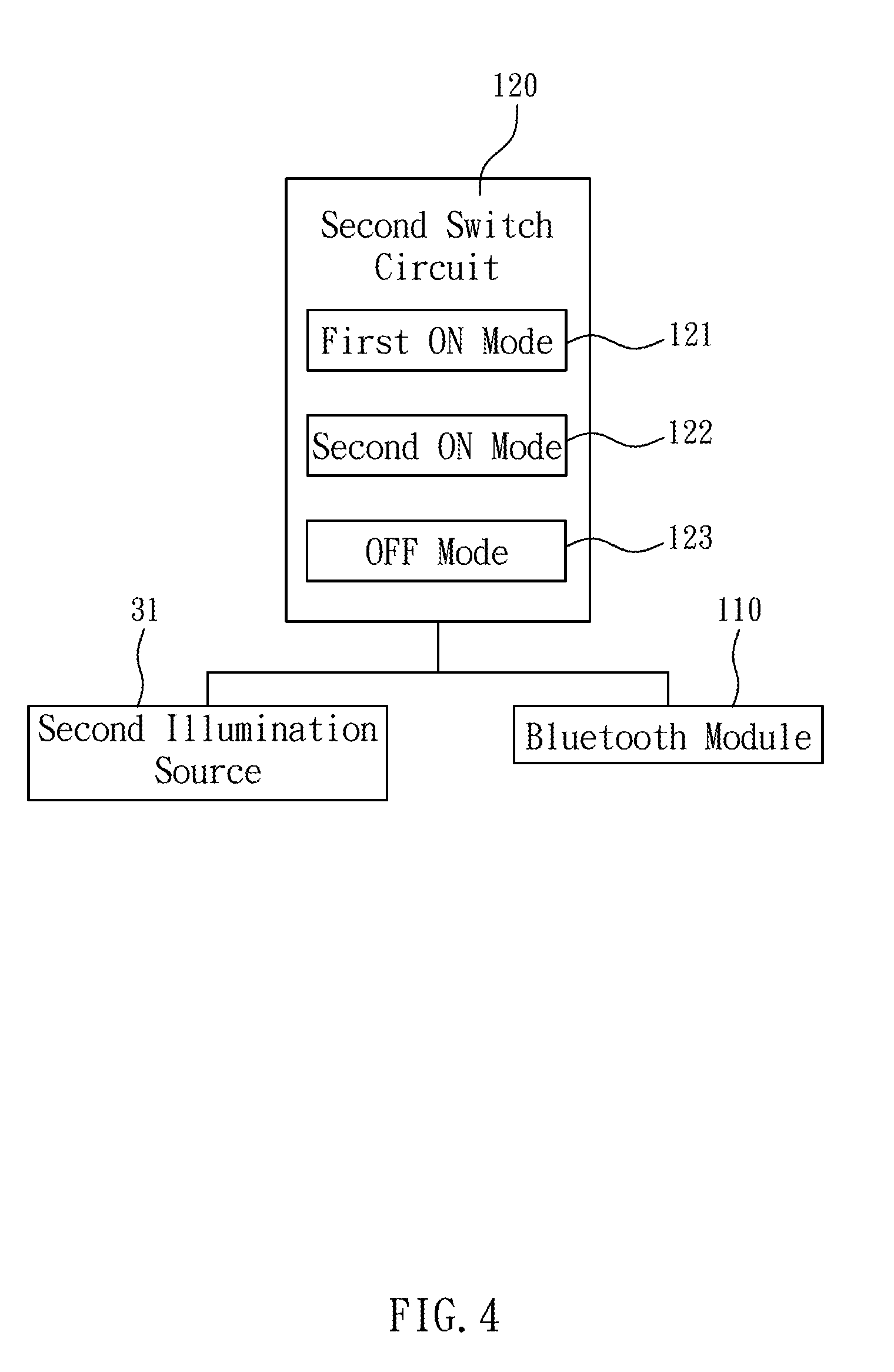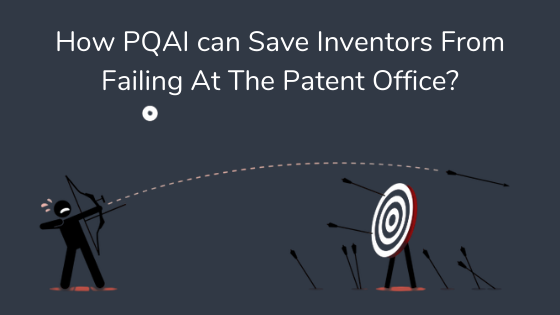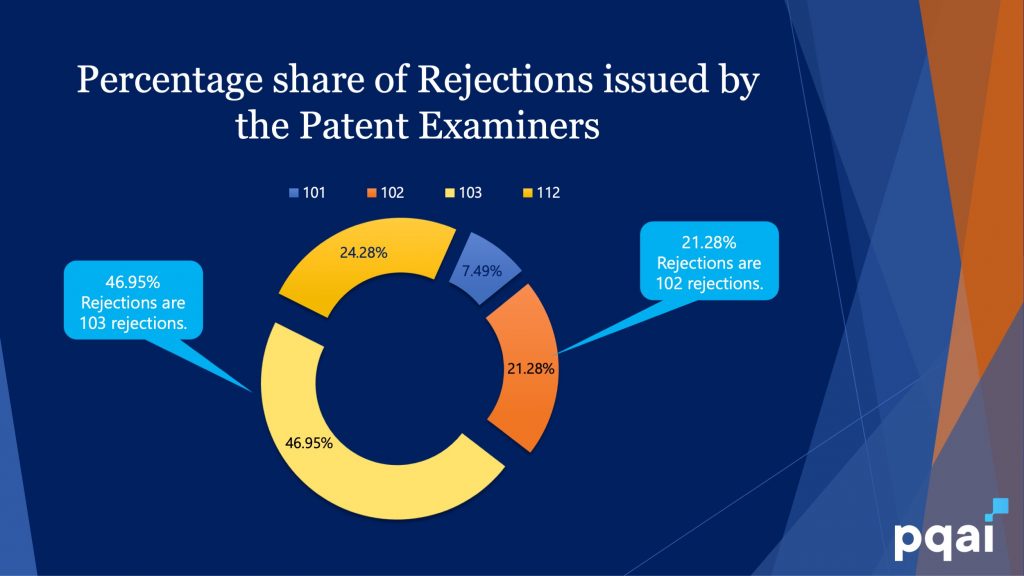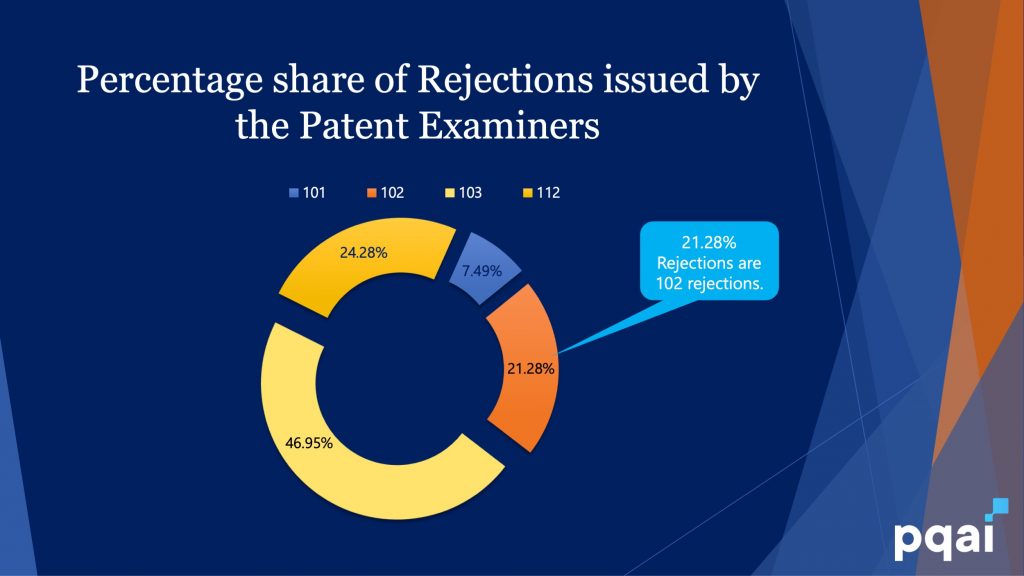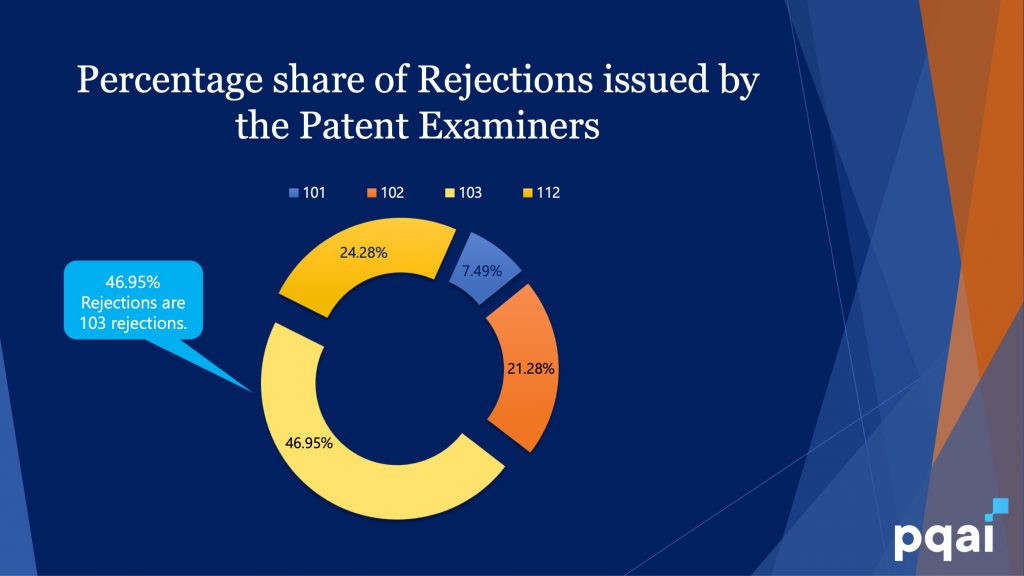PQAI helps you identify the combinational prior art that can be cited as the basis of a 103-type rejection on your patent application.
Looking forward to patenting your invention; the predicament of getting a rejection lingers around. Often, it may be possible to overcome the rejection, but it unnecessarily delays the allowance. Do you know what the most common reason for rejection is? – It’s § 103 or obviousness.
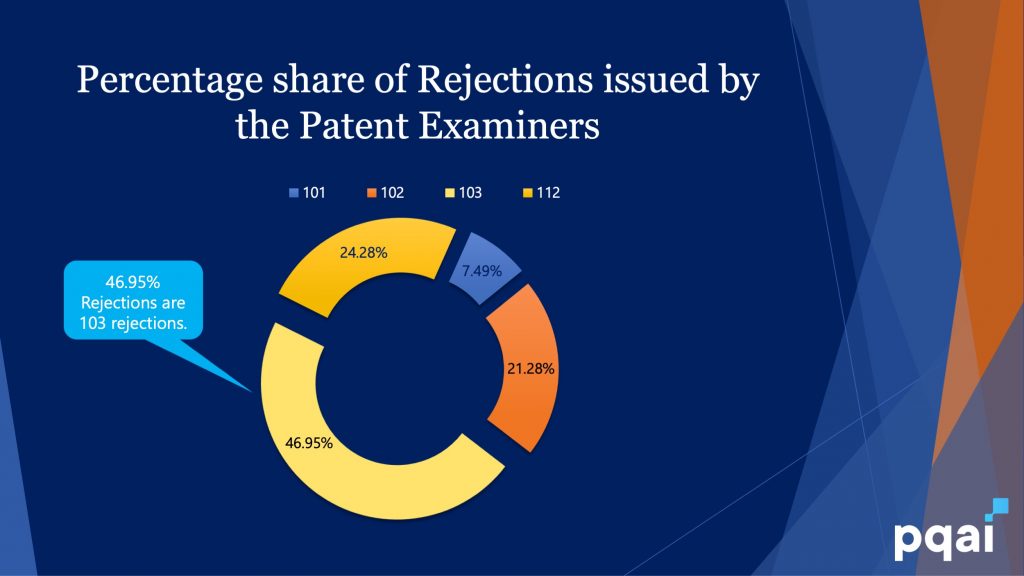
Note: Stats are based on the rejections (Final + Non-Final) given by the Patent Examiners for the US applications from January 2017 to September 2020.
Stats show that 46.95% of patent rejections are because of existing combinational prior art (§103 Type). Read on if you don’t want the examiner to reject your patent application saying – “your invention is obvious in light of so and so…”
§ 103 Type Rejection | Combinational Prior Art
You receive a 103-type rejection when the examiner finds more than one document that jointly represents your invention as an obvious improvement.
Let’s say the idea is – “A drone for fighting forest fires that uses canisters filled with dry ice as fire extinguishing material.”
Now if there exist two prior art documents: i) One that describes the use of aerial vehicles to fight forest fires. ii) And another that describes the use of powdered carbon-di-oxide (dry ice) to extinguish the fire. Then, our idea shall be deemed obvious.
Let’s run the example through PQAI (an open-source search engine that can identify the combinational prior art) and see what happens:
So, we ran the idea query through PQAI, and as the first combination of results, we got this:
One prior art is about fire-fighting drones, and the second describes dry-ice usage in fighting fires.
What causes § 103 type rejection?
According to USPTO, your idea should stand these tests:
- Only one reference doesn’t need to disclose your invention holistically. An examiner can use a combination of references to relate to your idea.
- Rather than considering the differences between the idea and the prior arts, the claimed invention as a whole shouldn’t be obvious over the referred prior art.
- Your idea as a whole shouldn’t look obvious to a person having ordinary skills in the art (PHOSITA) over existing references during the time of invention.
In our example, the drone is a combination of 2 references that make the invention possible. The example can’t stand against these guidelines by USPTO. So, our drone is liable to get a rejection under section 103.
You might like to check the video here that shows why our fire-fighting drone with dry ice would fail the test of section 103.
How to rule out § 103 type rejection?
It might not be a bad idea to run your idea through PQAI once to look for the combinational prior art. With PQAI, we have dreamt of creating the world’s first prior art search engine that can identify combinational prior art. We have also taken the first step to realize this dream. We have developed the first version of PQAI and continuously train our AI engine to perform better. The dream we have seen cannot come true without the support of people from across the globe, especially inventors, patent professionals, NLP practitioners, patent offices, etc. In the article’s next section, we present a few cases where PQAI spotted the prior art cited by the patent examiner to give a 103-type rejection.
PQAI | Combinational Prior Art Validation Tests
| Application Number | Publication Number | Priority Date | Assignee | Rejection Date | Rejection Type | Publication No. Prior Art | PQAI Input |
| 16246472 | US10731375B2 | 7/6/16 | NABORS DRILLING TECH USA INC | 23/4/20 | 103 | US9027287B2 | Abstract |
| 15866107 | US10696381B2 | 9/1/18 | THE BOEING COMPANY,CHICAGO,IL,US | 15/4/20 | 103 | US5908174A | Claim 1 |
| 16451553 | US10754607B2 | 26/9/18 | QUALCOMM INCORPORATED,SAN DIEGO,CA,US | 16/4/20 | 103 | US6396329B1 | Abstract |
| 15712616 | US10762997B2 | 12/10/16 | KOREA ATOMIC ENERGY RESEARCH INSTITUTE,DAEJEON,KR | 22/4/20 | 103 | US20140205052A1 | Claim 1 |
| 14594517 | US10777098B1 | 12/1/15 | RAYLYNN PRODUCTS LLC,GROVE CITY,OH,US | 22/4/20 | 103 | US5121745A | Abstract |
| 16123902 | US10778561B2 | 8/9/17 | BROCADE COMMUNICATIONS SYSTEMS LLC,SAN JOSE,CA,US | 23/4/20 | 103 | US20130266307A1 | Abstract |
For each of the listed 6 cases let’s see how PQAI spotted one of the prior arts used by the examiner to reject the patent application.
Case#1: US10731375 – “Side saddle slingshot drilling rig”
We picked up the abstract of the subject patent application – US10731375 ran it through PQAI.
PQAI spotted a US patent titled “Fast transportable drilling rig system” – US9027287B2 as one of the prior art in the resultant ten combinations.
Case#2: US10696381B2 – “Hydraulic systems for shrinking landing gear”
We picked up the claim for this application and ran it through PQAI.
sidenote: When looking for prior art using PQAI for a particular patent, it’s best advised to put the invention query as (along with the priority date filter):
- Abstract
- Independent claims one at a time
- Summary
- Embodiments from specifications
PQAI spotted US5908174A – “Automatic shrink shock strut for an aircraft landing gear” as one of the results in 10 combinations it presented. It’s also one of the prior arts listed by the examiner to reject the patent application.
Case#3: US10754607B2 – “Receiver and decoder for extreme low power, unterminated, multi-drop serdes”
We picked up the abstract from the patent application US10754607B2 and ran it through PQAI under the combinations (103) option.
PQAI spotted one of the prior arts – US6396329B1; it’s one of the prior arts cited by the examiner to reject the patent application US10754607B2.
Case#4: US10762997B2 – “Decontamination method reducing radioactive waste”
We picked up claim 1 of the subject patent application US10762997B2 and ran it through PQAI as shown below:
PQAI spotted one of the prior arts, which the examiner cited to give 103 type rejection – US20140205052A1.
Case#5 US10777098B1 – “CPR training device”
We picked up the abstract of the subject patent application – US10777098B1 and ran it through PQAI to look for the combinational prior art.
PQAI spotted US5121745A – “Self-inflatable rescue mask” as one of the prior arts in one of the combinational results. It’s also one of the prior arts cited by the examiner to reject the patent application US10777098B1.
Case#6: US10778561B2 – “Diagnostic port for inter-switch and node link testing in electrical, optical and remote loopback modes”
We picked up the abstract of US10778561B2 and ran it through PQAI with a date filter. We looked for results published before 2017-09-08.
PQAI spotted US201303266307A1 as prior art in two combinations. US201303266307A1 is one of the prior arts cited by the examiner to reject the subject patent application.
Use PQAI for Combinational Prior Art Search (103 type)
§103 type – combinational prior art is the patent office’s most common type of rejection. At PQAI, we have taken a shot at creating a prior art search engine that’s capable of spotting combinational prior art. We continuously test and improve our algorithm to perform an even better search. We propose you run your idea at least once through PQAI to look for combinational prior art before applying for a patent. All that’s needed is a few minutes of your time; who knows – PQAI may become your savior from failing at the patent office.
Happy patenting! Try PQAI now!

